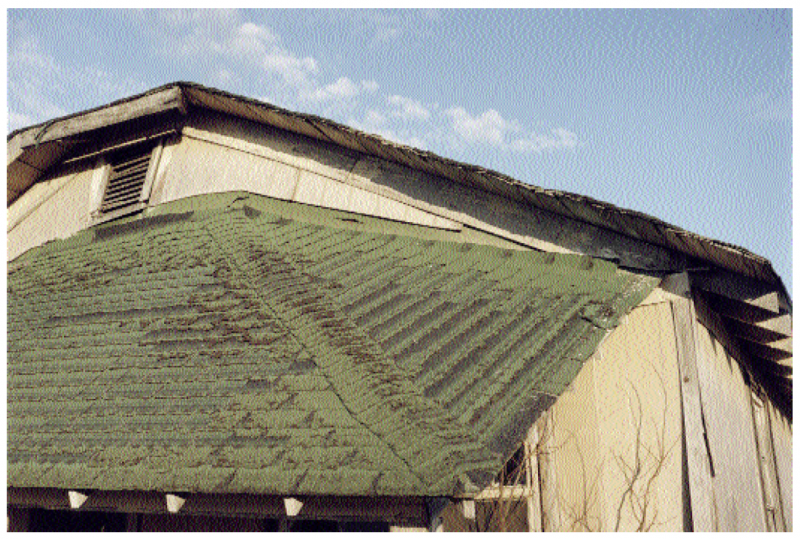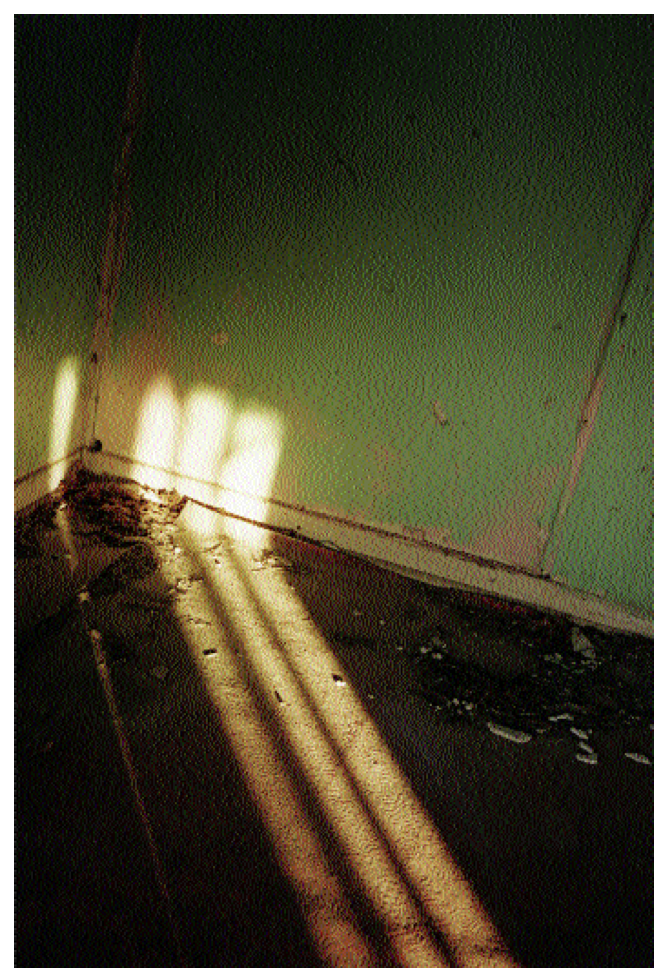1.
I happened to be in New Orleans after taking a job to write a film treatment about Frank O’Hara. So I was reading about O’Hara—I knew almost nothing about him—and I became smitten. On lunch breaks in New York O’Hara would routinely buzz out of his office at the Museum of Modern Art, install himself in the display window of the local typewriter store and dash off fearless high-speed poems. How terrific to be as quick, expressive, intuitive, and self-destructive as Frank O’Hara. He made me feel like a safe-playing plodder.

I’d also been thinking about William Eggleston—when you’re in the South, it’s hard not to—and I made a connection. It seemed to me that Eggleston was working within or near O’Hara’s wavelength, ducking conventional or “classical” thinking while making photographs informed by deep intelligence, daring, and in fact an unexpected sense of tradition. His pictures carry something of O’Hara’s quickness, candor, lightness, sharpness. There’s a shared affection for the patchwork of mundane details that fill up your life. The overworked Faulkner/Eggleston analogy always seemed forced and limited to me. If you want a true literary parallel for what Eggleston does, look to O’Hara. Eggleston’s pictures feel similarly tossed-off and prismatic. Hard-edged fragments, refracting a world of inner and outer experience.
Back in New York, I mentioned this to Donald Rosenfeld, producer of the O’Hara movie (which remains not quite produced), and relayed my wish to shoot a rough-and-ready Eggleston portrait. Don found his way to an ATM and took out enough cash to get me on a plane to Memphis the next day.
Five years later, at my safe, plodding pace, I finished the movie.
2.
Contax, Mamiya, and Leica.
3.
Actually, when Gus Van Sant commissioned Eggleston to photograph anything he wanted in Mayfield, Kentucky, there was an obscure hope that Bill would come up with stills for a short film Gus was directing at the time. Other movies on which Eggleston roamed the set: John Huston’s Annie (1982), David Byrne’s True Stories (1985), Kasi Lemmons’ Eve’s Bayou (1997). Bill took some pictures—none featuring actors—and Van Sant’s movie wrapped, and it was discovered that a camera failure had blighted a number of Eggleston’s film rolls. So Bill made a return trip to Kentucky after the production pulled up its stakes—which timed out nicely with my impromptu visit. After Mayfield, we hung out in Memphis for a couple days, then flew to L.A. for the slide lecture. A busy week.
4.

You have reached your article limit
Sign up for a digital subscription and continue reading all new issues, plus our entire archives, for just $1.50/month.
Already a subscriber? Sign in





